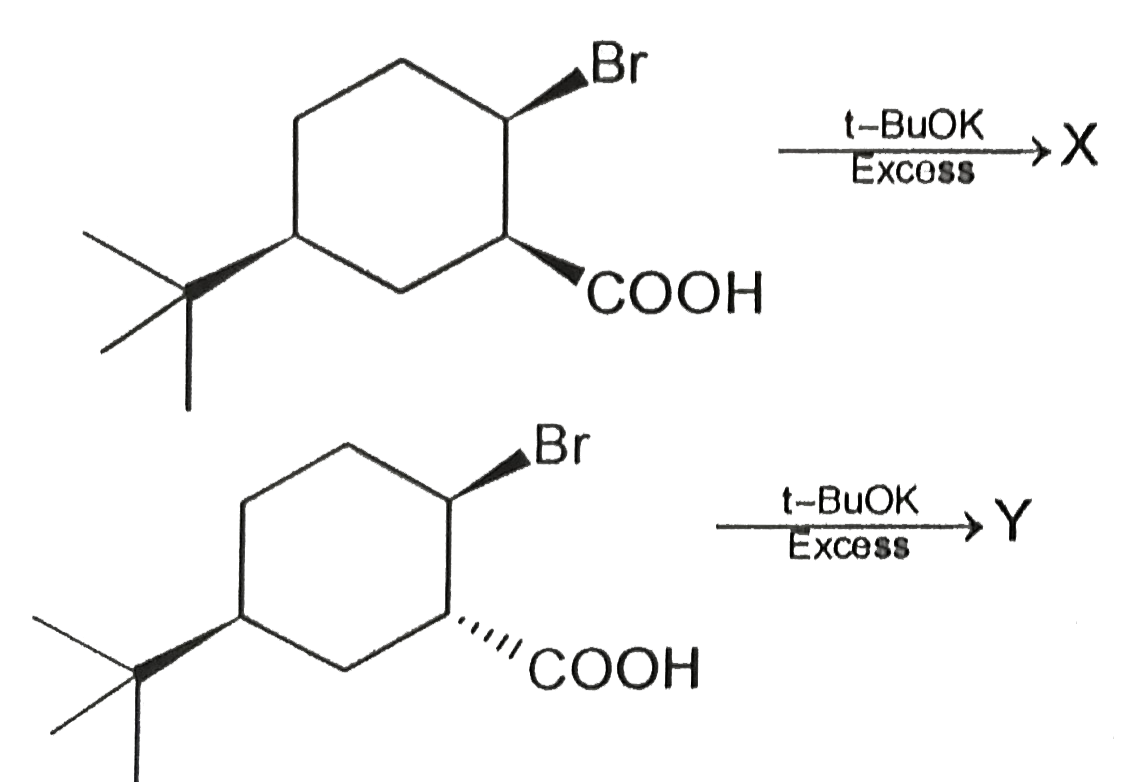Which of the following option gives the correct categorisation according to the type of nitrogenous waste they excrete out?
(Uricotelic - Marine fishes),(Ammonotelic - Land snails),(Ureotelic - Insects)
(Uricotelic - Aquatic amphibians),(Ammonotelic - Reptiles ),(Ureotelic - Birds)
(Uricotelic - Frog),(Ammonotelic - Cockroach),(Ureotelic - Pheretima)
(Uricotelic - Land snails ),(Ammonotelic - Aquatic insects),(Ureotelic - Many terristial amphibians)
To solve the question regarding the categorization of organisms based on the type of nitrogenous waste they excrete, we can follow these steps:
Step 1: Understand the Types of Nitrogenous Waste
Nitrogenous wastes can be categorized into three main types:
1. Ammonia: Highly toxic and requires a large amount of water for excretion. Typically excreted by aquatic organisms (ammonotelic).
2. Urea: Less toxic than ammonia and requires less water for excretion. Commonly excreted by terrestrial organisms and some amphibians (ureotelic).
3. Uric Acid: Least toxic and requires very little water for excretion. Excreted by organisms that need to conserve water, such as reptiles, birds, and insects (uricotelic).
Step 2: Identify Organisms and Their Waste Types
Now, we analyze the organisms mentioned in the options provided:
- Marine Fishes: Ammonotelic (excrete ammonia).
- Land Snails: Uricotelic (excrete uric acid).
- Insects: Uricotelic (excrete uric acid).
- Aquatic Amphibians: Ammonotelic (excrete ammonia).
- Reptiles: Uricotelic (excrete uric acid).
- Birds: Uricotelic (excrete uric acid).
- Frogs: Adult frogs are ureotelic (excrete urea), while tadpoles are ammonotelic (excrete ammonia).
- Cockroaches: Uricotelic (excrete uric acid).
- Earthworms (Ferritima): Ammonotelic (excrete ammonia).
Step 3: Evaluate the Options
Now, we evaluate the given options based on the correct categorization:
1. Option 1: Marine fishes as uricotelic - Incorrect (they are ammonotelic).
2. Option 2: Land snails as ammonotelic - Incorrect (they are uricotelic).
3. Option 3: Insects as ureotelic - Incorrect (they are uricotelic).
4. Option 4: Aquatic amphibians as uricotelic - Incorrect (they are ammonotelic).
5. Option 5: Reptiles as ammonotelic - Incorrect (they are uricotelic).
6. Option 6: Frogs as uricotelic - Incorrect (adults are ureotelic).
7. Option 7: Cockroaches as ammonotelic - Incorrect (they are uricotelic).
8. Option 8: Earthworms as ureotelic - Incorrect (they are ammonotelic).
Step 4: Identify the Correct Categorization
After analyzing the options, we find that:
- Land snails are correctly categorized as uricotelic.
- Aquatic amphibians are correctly categorized as ammonotelic.
- Many terrestrial amphibians are correctly categorized as ureotelic.
Conclusion
The correct categorization according to the type of nitrogenous waste they excrete is:
- Land snails: Uricotelic
- Aquatic amphibians: Ammonotelic
- Many terrestrial amphibians: Ureotelic
Thus, the correct answer corresponds to the fourth option.
Nitrogenous wastes can be categorized into three main types:
1. Ammonia: Highly toxic and requires a large amount of water for excretion. Typically excreted by aquatic organisms (ammonotelic).
2. Urea: Less toxic than ammonia and requires less water for excretion. Commonly excreted by terrestrial organisms and some amphibians (ureotelic).
3. Uric Acid: Least toxic and requires very little water for excretion. Excreted by organisms that need to conserve water, such as reptiles, birds, and insects (uricotelic).
Now, we analyze the organisms mentioned in the options provided:
- Marine Fishes: Ammonotelic (excrete ammonia).
- Land Snails: Uricotelic (excrete uric acid).
- Insects: Uricotelic (excrete uric acid).
- Aquatic Amphibians: Ammonotelic (excrete ammonia).
- Reptiles: Uricotelic (excrete uric acid).
- Birds: Uricotelic (excrete uric acid).
- Frogs: Adult frogs are ureotelic (excrete urea), while tadpoles are ammonotelic (excrete ammonia).
- Cockroaches: Uricotelic (excrete uric acid).
- Earthworms (Ferritima): Ammonotelic (excrete ammonia).
Now, we evaluate the given options based on the correct categorization:
1. Option 1: Marine fishes as uricotelic - Incorrect (they are ammonotelic).
2. Option 2: Land snails as ammonotelic - Incorrect (they are uricotelic).
3. Option 3: Insects as ureotelic - Incorrect (they are uricotelic).
4. Option 4: Aquatic amphibians as uricotelic - Incorrect (they are ammonotelic).
5. Option 5: Reptiles as ammonotelic - Incorrect (they are uricotelic).
6. Option 6: Frogs as uricotelic - Incorrect (adults are ureotelic).
7. Option 7: Cockroaches as ammonotelic - Incorrect (they are uricotelic).
8. Option 8: Earthworms as ureotelic - Incorrect (they are ammonotelic).
After analyzing the options, we find that:
- Land snails are correctly categorized as uricotelic.
- Aquatic amphibians are correctly categorized as ammonotelic.
- Many terrestrial amphibians are correctly categorized as ureotelic.
The correct categorization according to the type of nitrogenous waste they excrete is:
- Land snails: Uricotelic
- Aquatic amphibians: Ammonotelic
- Many terrestrial amphibians: Ureotelic
Topper's Solved these Questions
Similar Questions
Knowledge Check
Which of the following option is not correct ?
A2.300+0.02017+0.02015=2.340B126, 000 has 3 significant figures.C15.15μs=1.515×10−5 sD0.0048=48×10−3Which one of the following options gives the correct categorization of animals according to the type of nitrogenous waste they give out?
Aa) AmmonotelicUreotelicUricotelicPigeon, humansAquatic amphibia,lizardsCockroach,frogBb) AmmonotelicUreotelicUricotelicfrog, lizardsAquatic amphibia,humansCockroach,frogCc) AmmonotelicUreotelicUricotelicAquatic animalsFrog, amphibia,humansPigeon, lizards, cockroachDd) AmmonotelicUreotelicUricotelicAquatic animalsCockroach, amphibia, humansPigeon, lizardsWhich of the following options is correct ?
AStenothermal organismEurythermal organismFrogLizardBStenothermal organismEurythermal organismFrogManCStenothermal organismEurythermal organismManLizardDStenothermal organismEurythermal organismPolar bearCoconut tree


 Which of the following options is correct ?
Which of the following options is correct ?